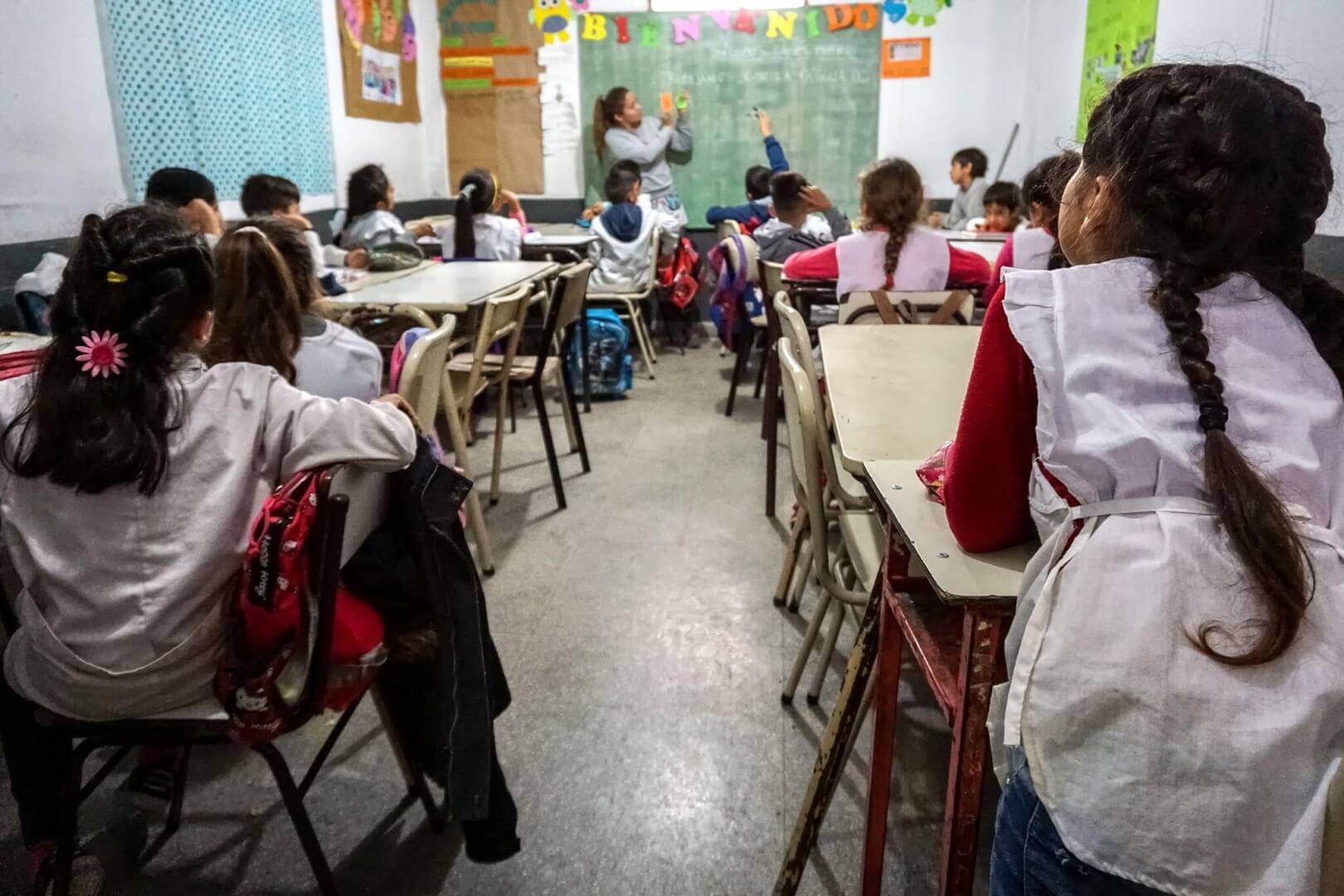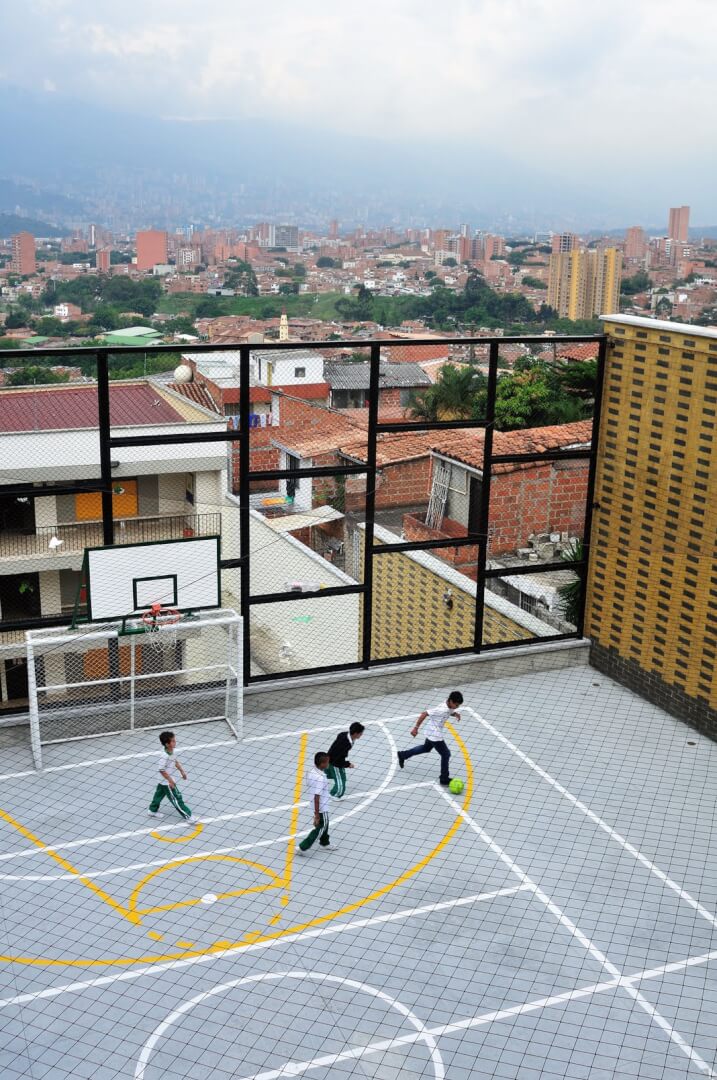Discover what education around the world looks like
As internet speeds around the world continue to advance, the world shrinks further still. This is making it increasingly accessible for brands to market themselves on a global scale. But as brands look to be become more global, their messaging must become more local.
So how do you translate a brand message, which has been working well so far, into various languages and cultures that differ from your own? This is where localised content comes in. We explore what localised content looks like, why it’s important and how it can be used to leverage your growth in new territories?
What is localised content?
Localised content is when your content is adapted to the expectations and sensibilities of a specific audience, in a specific geographical region. This might be something as simple as ensuring your currency is relevant to the country you’re marketing to. But localisation is also attentive to cultural differences in audiences as well as colloquial nuances in language.
In the UK, for example, there are over five different names for the unassuming (excuse my southern tongue) bread roll. In the midlands, you may call it a cob; in the north-west, a barm; and in the north-east, a stotty. There are also a bunch of other lesser known names such as muffin, batch or teacake. Across the pond, Americans would call it a bun or a kaiser roll.
What do you call the humble bread roll?
Fortunately, unless you’re a baker trying to make it in the UK, things aren’t normally this complicated. But you can see how easy it is to get it wrong; locals can spot an outsider from miles away. And that’s why localisation is so important. You could be spending a large chunk of your budget marketing to a new audience only for it to fall flat because your use of language and cultural references doesn’t fit in with local expectations.
Localised imagery
It’s not just language that matters when it comes to localisation. Images are important too. A quick look at the education sector and you’ll see that schools look very different around the world. While UK schools can be characterised by uniforms and typically cloudy weather making for softer images, the US is characterised by hallways of lockers and a sense of individuality from its pupils thanks to the lack of uniforms.
But what about schools in other parts of the world? What does a Caribbean school look like? How about a school in the Middle East? If you don’t live in the country, it can be difficult to know what looks quintessentially Middle Eastern and what doesn’t. Especially when popular media resorts to stereotypes that are never truly reflective of the reality.
Quite often, you’ll need the expertise of a local who can guide you through the nuanced differences. That’s why we have a global network of contributors who are truly local and understand the importance of capturing authentic imagery in the countries they reside. Aspirational lifestyle imagery might work in Nigeria, but would that resonate with audiences in Nepal?
This is especially important when you consider the geographical distribution of internet users. It would be remiss to think that the majority of activity occurs in the west. Only 7.6% of internet users are based in North America while Asia has a staggering share of 50.3%. This is why businesses are looking to Asia to grow their brand.
Even on days when not all students attend, classrooms are nearly full at Escuela No. 22, in Ezeiza, Buenos Aires.
Global Press Institute are an example of an amazing organisation who are trying to change the way local stories are captured by making use of natives who fully understand the nuances of their area. You can find their sensitive, localised imagery here. But they are just one example of many in the Alamy library who are capturing local images.
Planning and preparation eases workload
Brands sometimes struggle to commit to localisation as there’s an enormous amount of work involved. Let’s say you have five buyer personas and you’re looking to expand into five new territories or languages. One piece of content has now grown into 25 pieces of content!
Each language translation will also need to be localised to suit the area. French content in France will look different to French content in various French-speaking African countries. And the same goes for Spanish in Europe compared to South America. As you can imagine, this is a strain on resources. But that really shouldn’t put you off localisation, not if you’re committed to making waves in a new market.
As with everything, planning and preparation is what allows large projects to run smoothly. This might mean doing thorough research before even putting pen to paper. Or it might mean sourcing certain materials beforehand. Getting the right images is something that can be done at quite an early stage thanks to the encyclopaedic nature of stock photo libraries. And those images will also help you visualise your new audiences better too.
Following on from the education sector example mentioned earlier, we’ve put together several collections to showcase what education looks like in specific parts of the world. This may or may not give you a head start with your image selection but at the very least, it’s a good illustration of what localised imagery looks like and may inform the way you curate images next time.
We hope you find them useful, and remember, buyers always feel more ready to commit to purchasing if they feel that the brand is speaking their language. And that means using the right imagery too.
Access a diverse range of stock content and find localised content from every country in the world.
Explore education in the Middle East ›
Explore education in the Caribbean ›
Explore education in Central America ›
Explore education in South America ›


